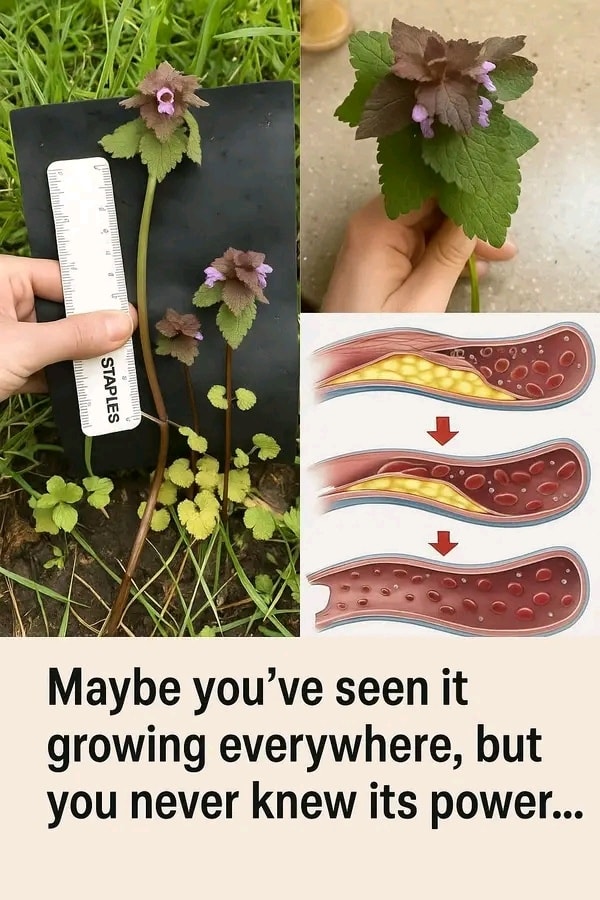Here’s a simple guide to Purple Deadnettle (Lamium purpureum) — the wild plant you’ve probably seen all around but may not have known is surprisingly powerful:
What is Purple Deadnettle?
Purple Deadnettle is a common wild plant in the mint family. It has soft, fuzzy leaves with a reddish-purple hue on the top and small pink to purple flowers. Often mistaken for a weed, it flourishes in gardens, roadsides, and fields — especially in spring
.
How to Identify It
Leaves: Triangular, soft, and fuzzy with scalloped edges. The upper leaves often turn purple.
Flowers: Small, tubular, purple-pink flowers bloom in clusters.
Stem: Square-shaped, a signature of the mint family.
Height: Typically grows 3–10 inches tall.
Medicinal & Nutritional Benefits
Purple Deadnettle is more than just a “weed” — it’s edible and medicinal:
- Anti-inflammatory & Antioxidant
Rich in flavonoids and phenolic compounds that help fight inflammation and oxidative stress.
- Natural Antihistamine
Used in traditional herbalism to help reduce allergy symptoms.
- Immune Booster
Contains vitamin C, iron, and fiber — supports the immune system and gut health.
- Wound Healing
Can be crushed and applied topically to minor wounds or insect bites.
- Blood Cleanser (Traditional Use)
Believed to support blood purification and circulation, often included in spring tonics.
Ways to Use It
Fresh Use
Add young leaves to salads or smoothies.
Infuse leaves in warm water for a mild herbal tea.
Topical Application
Crush fresh leaves to make a poultice for minor skin irritations.
Dry for Storage
Harvest, rinse, and air dry the leaves for later use in teas or tinctures.
Caution
Avoid if unsure: Make sure you’ve correctly identified it — confuse it with similar-looking plants like henbit and you might get a different result.
Pesticide risk: Only harvest from clean, pesticide-free areas.
Pregnant/nursing? Consult a healthcare provider before medicinal use.
Final Note
This little plant you walk past daily could be a nutrient-packed wild superfood. It’s a perfect example of how nature quietly offers remedies — if you know where to look.
